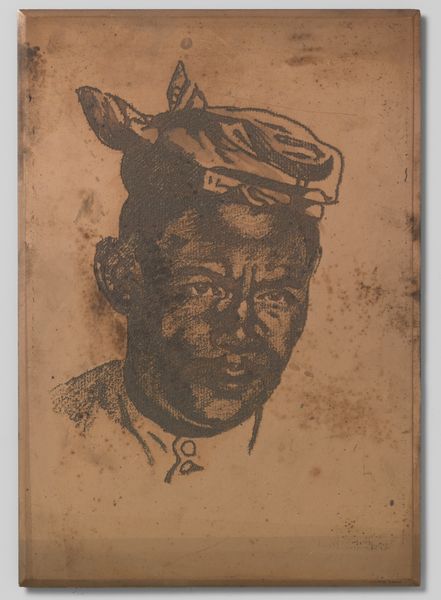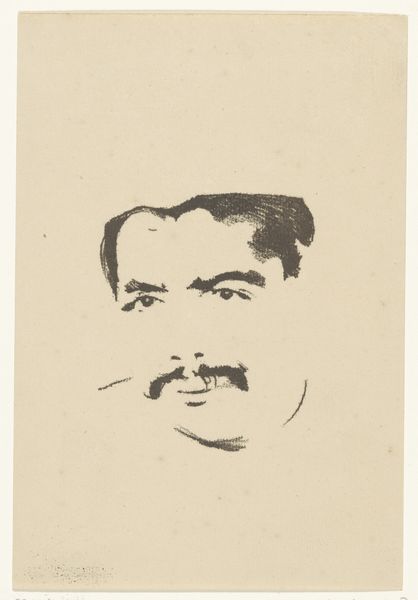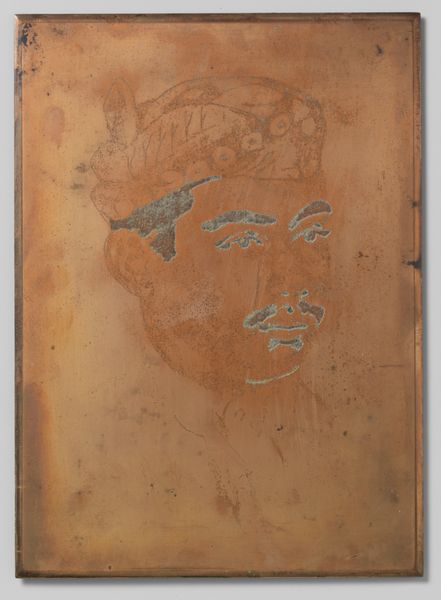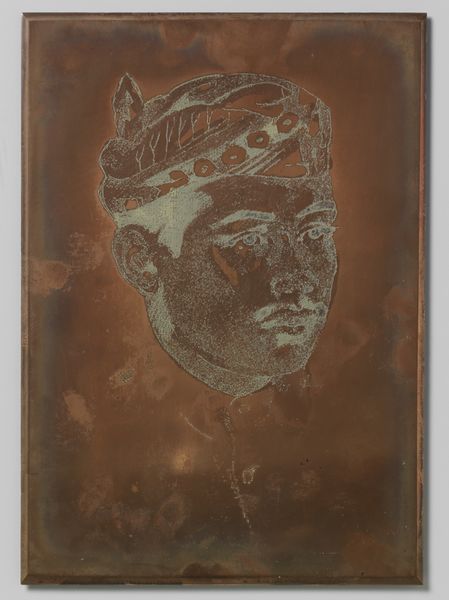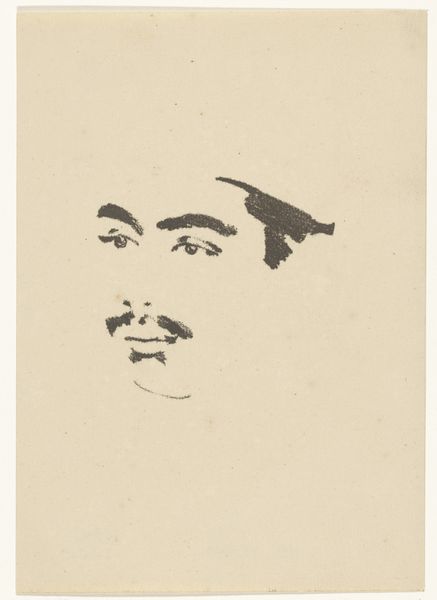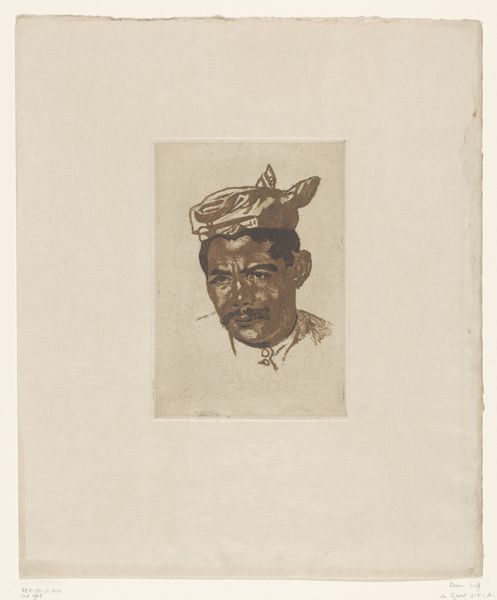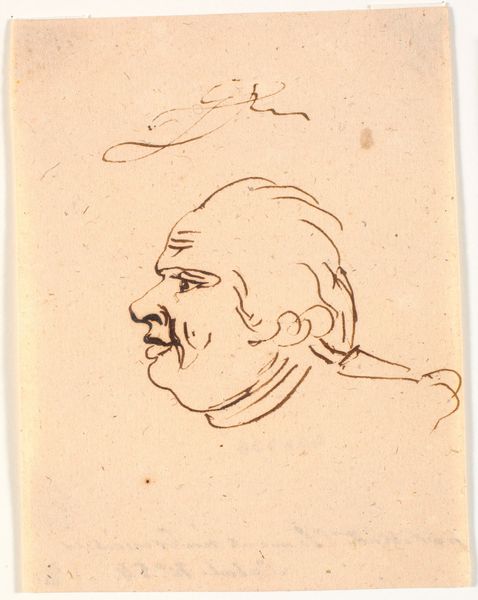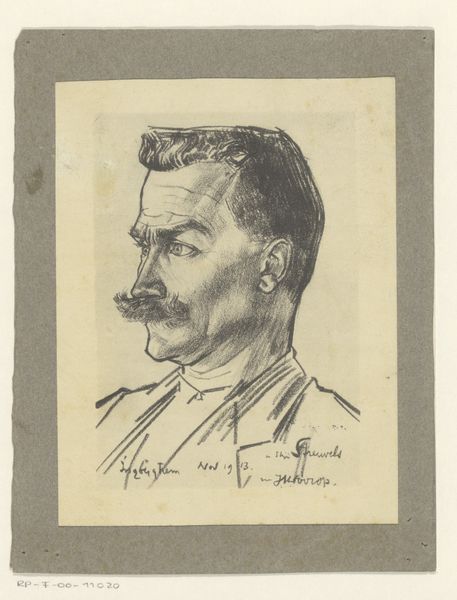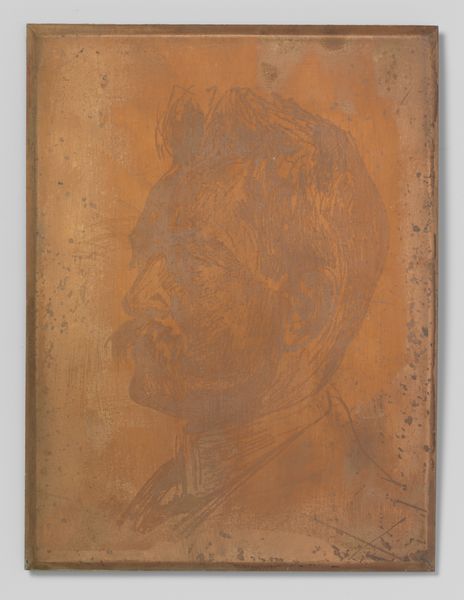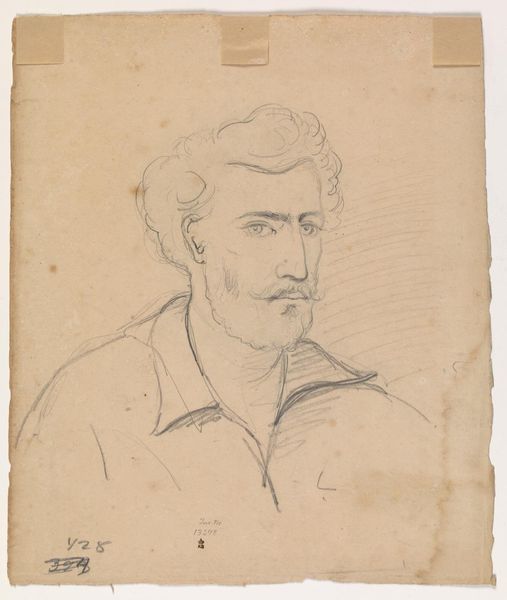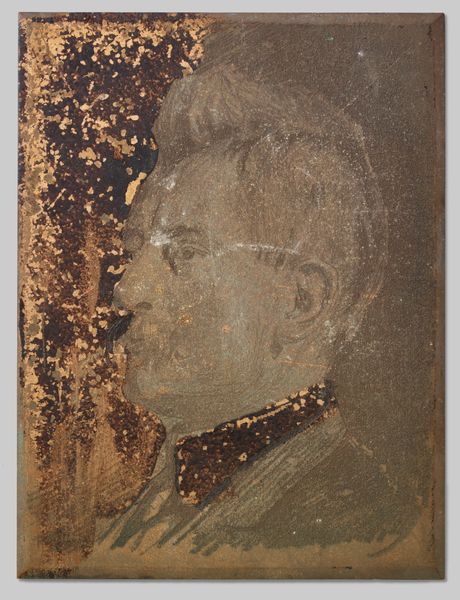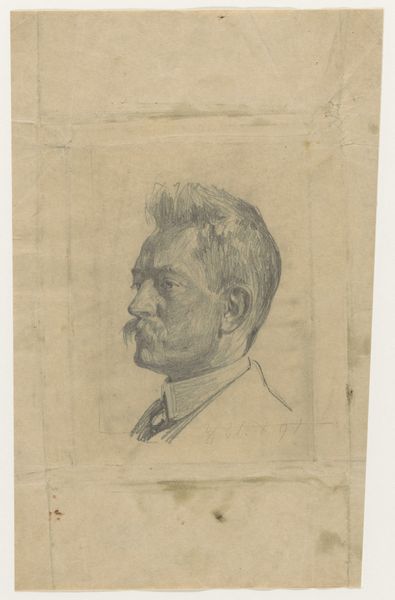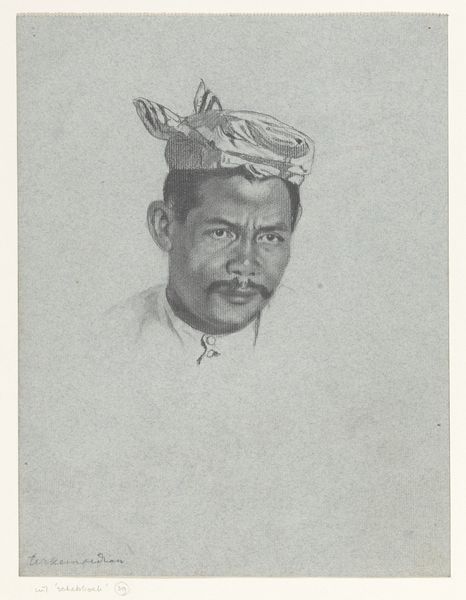
drawing, paper, ink
#
portrait
#
drawing
#
ink painting
#
pencil sketch
#
paper
#
handmade artwork painting
#
ink
#
realism
Dimensions: height 199 mm, width 140 mm
Copyright: Rijks Museum: Open Domain
Editor: We're looking at "Portret van Amit," a drawing from around 1921 by Willem Witsen, made with ink on paper. There's something striking about the subject's gaze; it feels so direct, almost confrontational, even though the linework is delicate. What's your take on this portrait? Curator: It's compelling, isn't it? I see this work not just as a record of an individual but as a glimpse into a specific cultural and social moment. Witsen, working during a period of shifting colonial dynamics in the Dutch East Indies, here presents Amit, presumably an Indonesian man, with a remarkable degree of presence. But is it truly respectful, or does it, perhaps unconsciously, reinforce a power imbalance inherent in the colonial relationship? Editor: That’s a point I hadn’t considered. I was just focused on the individual. Curator: Consider the context in which it would have been displayed, too. For whom was Witsen creating this image? Was it destined for a European audience, perhaps reinforcing certain ideas about the exotic “other”? How do choices such as depicting Amit wearing traditional headwear but without contextual background inform—or perhaps misinform—the viewer? The politics of portraiture, especially in this period, were very complex. Editor: So, by focusing on where the artwork was shown and who saw it, you start to see a deeper meaning? Curator: Precisely. By interrogating its initial reception and subsequent public life, we unveil the power dynamics that shape our understanding of this seemingly straightforward portrait. It moves from a simple likeness to a complex cultural artifact. Editor: That’s given me a lot to think about. I didn't expect to see so much historical baggage in one drawing. Curator: Art is rarely created in a vacuum. By understanding the socio-political forces at play, we can better appreciate its complexities and relevance.
Comments
No comments
Be the first to comment and join the conversation on the ultimate creative platform.
